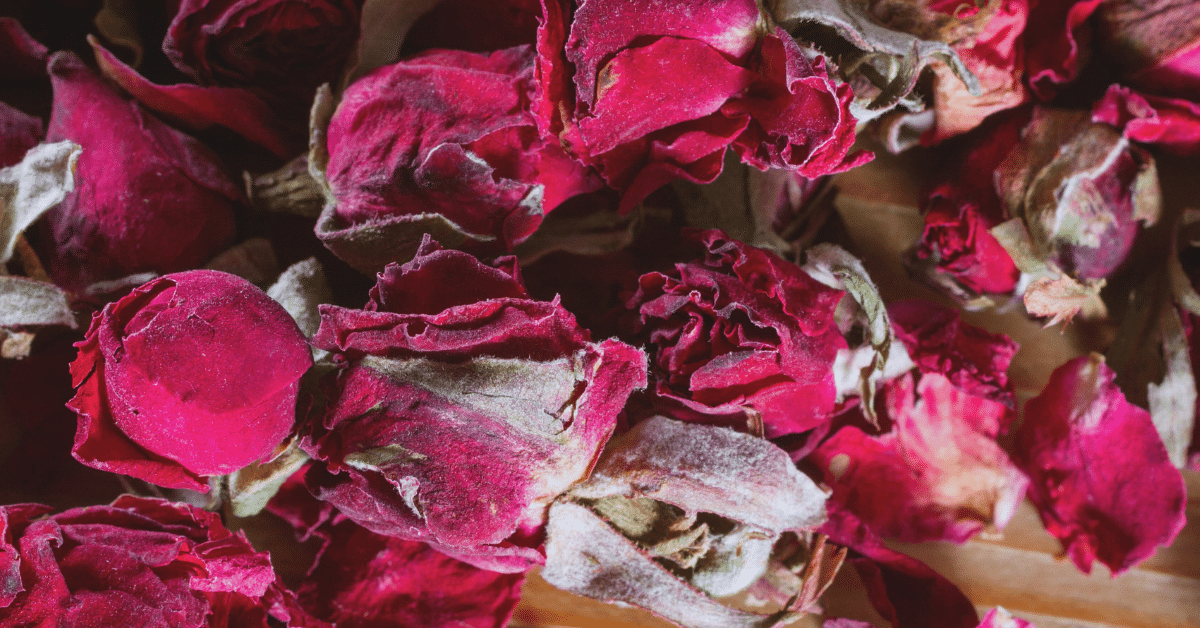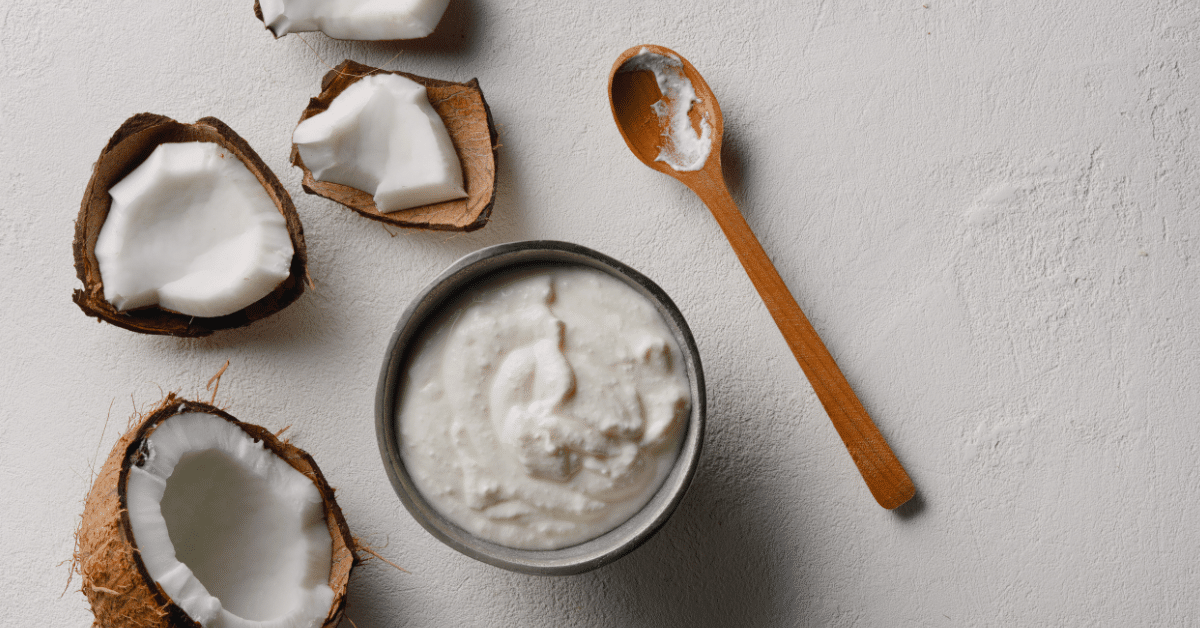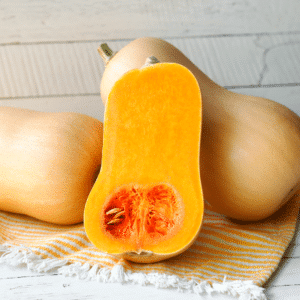
For this recipe, just let the sun do the steeping. 🌞 Steep dried rose petals and fresh mint in a glass jar under direct sunlight for a few hours. (No need to measure perfectly - just add what you’ve got on hand!) Sip room temperature or slightly chilled throughout the day to stay hydrated and soothe Pitta. What do you get? A cooling, heart-opening, Pitta-pacifying potion that’s as beautiful as it is nourishing.
Here’s a little bit about how these plant allies help support us during the warmer months of the year…
🌹 Rose - The ultimate flower of the Divine Feminine:
• Cools the heat of both the body and our emotions (hi, Pitta spiciness 😅)
• Soothes the heart and uplifts mood with its subtle, floral sweetness
• Some studies have demonstrated that rose also has the potential to support the reproductive and nervous systems, and even impact dopamine levels
🌿 Mint - The crisp, clarifying herb we all need in summer:
• Helps to clear excess heat and inflammation from the gut and skin
• Stimulates digestion without aggravating Pitta (exactly what we want!)
• Awakens the mind while calming overactive fire in the head + heart 🔥
Sip this floral elixir all day long to stay hydrated, radiant and keep your Pitta chilled out. Your inner fire goddess will thank you. 🧘🏼♀️


 Ingredients:
Ingredients: 




